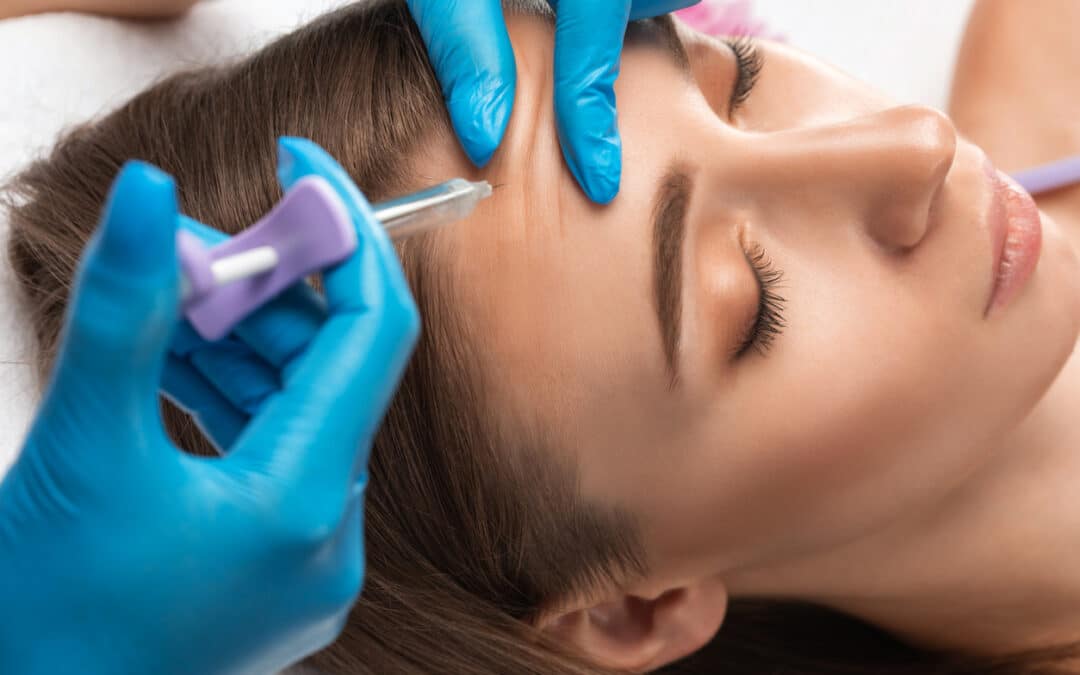You loved the smooth, youthful look after your last treatment at White Rock Dermatology—but now, a few months later, you might be catching sight of a familiar frown line creeping back. This is completely normal! Neurotoxin treatments like Botox and Dysport offer temporary results, and recognizing the signs that your Botox is wearing off is the first step toward maintaining your flawless look.
At White Rock Dermatology, we believe in proactive maintenance. Knowing what to watch for helps us schedule your touch-up perfectly, ensuring you never fully return to your pre-treatment state. Here’s your guide to recognizing the key signs it’s time to book your next appointment.
How Long Does Botox Last? The Typical Timeline
Before we dive into the signs your Botox is wearing off, it’s helpful to understand the typical timeline. While individual results vary based on metabolism, muscle strength, and the area treated, the general effectiveness window is as follows:
- Initial Effect (Days 3-7): You begin to notice a softening of lines.
- Peak Effect (Weeks 2-4): Your results are fully visible, and the treated muscles are most relaxed.
- Gradual Decline (Months 2-3): Muscle movement slowly starts to return.
- Full Fade (Months 4-6): Movement is largely back, and lines are visible again.
For most patients, the optimal window for a maintenance appointment is right around 3 to 4 months. Scheduling during this period prevents the muscle from regaining full strength, making the next treatment more effective and requiring fewer units over time.
4 Clear Signs Your Botox is Wearing Off
Your face will give you subtle clues when the effects of the neurotoxin are diminishing. Pay attention to these four indicators:
1.) The Return of the “Eleven” Lines (Glabellar Frown)
The lines between your eyebrows (often called the “11s”) are typically the most common and earliest indicators that the treatment is fading.
- What to Look For: You notice a slight ability to furrow your brow. When you intentionally frown, the vertical lines appear faintly, whereas they were completely smooth at the peak of the treatment.
2.) The Crinkle Test: Forehead and Crow’s Feet
The skin’s response to expression will return. Pay attention to the primary areas treated.
- What to Look For:
- Forehead: When you raise your eyebrows, the horizontal lines that were smooth now form shallow creases.
- Crow’s Feet: When you smile widely or squint, the fine lines radiating from the outer corners of your eyes are more noticeable and pronounced than they were a month ago.
3.) Increased Makeup Creasing
If you wear foundation or concealer, the return of muscle movement can affect how your makeup sits on your skin, especially around the eyes and forehead.
- What to Look For: Your makeup begins to settle and crease in the treated areas toward the end of the day, a problem you didn’t have immediately after your last injection.
4.) You’re Starting to See Your Resting Face Lines
One of the best indicators that your Botox is wearing off is when the lines that were visible when your face was at rest—not moving—begin to deepen again.
- What to Look For: Examine your face first thing in the morning. If the lines are etched slightly deeper or are visible even when you are not frowning or smiling, it’s a clear sign the muscle is overpowering the remaining neurotoxin.
The Secret to Long-Lasting Results: Preemptive Maintenance
Many patients make the mistake of waiting until their Botox has completely worn off before booking their next session. We advise against this!
Scheduling your maintenance appointment while you still have about 20-30% of the neurotoxin’s effect remaining is known as “preemptive maintenance.”
Benefits of Preemptive Maintenance:
- Better Long-Term Results: By keeping the muscle consistently relaxed, you prevent the wrinkles from becoming fully etched back into the skin, often allowing for fewer units in the long run.
- Fewer Peaks and Valleys: Your look remains consistent and smooth, avoiding the noticeable return of deep lines.
- Enhanced Muscle Memory: The muscle stays “trained” to relax, which can extend the time needed between treatments over several years.
Ready to Schedule Your Next Appointment?
Don’t let those lines come back with a vengeance! If you recognize any of the signs that your Botox is wearing off, it’s the perfect time to visit us.
At White Rock Dermatology, our experienced physicians, Dr. Beth Dolan and Dr. Christy Riddle, specialize in creating customized treatment plans that prioritize natural-looking, sustainable results. Whether you need a quick touch-up or are ready to address a new area, we ensure your skin always looks its best.
We are a leading provider of Botox in East Dallas and surrounding areas. To discuss your maintenance plan and schedule your next appointment, please visit our Contact Page or request an appointment online today.


Recent Comments